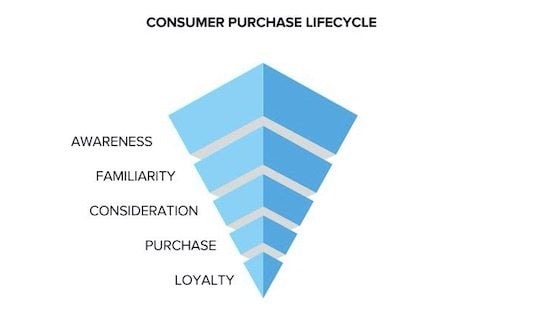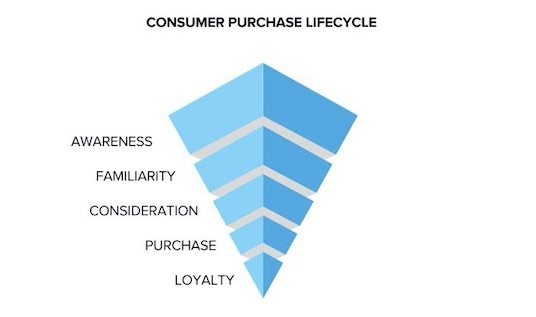Consumer brands can advertise to prospects on so many channels. Facebook Facebook is where consumers discover products — when they are not aware of a brand or product. Google Google is where consumers research goods by searching for a brand, a product, or a general solution. But Google’s platforms are limited to shoppers searching for those products. If consumers are not aware of your product or brand, it will be difficult to target them. Amazon Amazon is where consumers make a purchase. This puts Amazon’s advertising capabilities at the middle section of the consumer purchase journey, where shoppers are considering alternative products and then completing the purchase. Amazon offers just three ad types: Sponsored Products, Headline Search, and Product Display. Amazon is notoriously reticent to share customer data with advertisers. Which platform to choose?

Consumer brands can advertise to prospects on so many channels. There are seemingly countless options for targeting and for creative copy.
Facebook and Google have long been the dominant consumer advertising channels. Shoppers use both of these platforms to discover and research products. In fact, Facebook and Google accounted for 63.1 percent of U.S. digital ad spend in 2017, according to eMarketer.
But a third option, Amazon, is gaining ad share. Though Amazon currently receives only 3 percent of global display advertising, one equity analyst predicted Amazon would quadruple its advertising revenue by 2020.
It’s not easy, in other words, for brands to know where to advertise. In this post, I’ll offer guidance.
Facebook is where consumers discover products — when they are not aware of a brand or product. Because of Facebook’s extensive reach and targeting, brands can create awareness with prospecting ads and build familiarity with retargeting ads.

However, since Facebook is an established platform, competition is hot for user attention. It can be relatively expensive to reach those prospects. And since users don’t typically purchase directly on Facebook, tracking and assigning a value to the purchase path can be troublesome.
This is especially the case if the purchase ultimately happens on Amazon, which is increasingly likely.
Google is where consumers research goods by searching for a brand, a product, or a general solution. Google is most effective in the mid-to-lower portion of the purchase cycle with its search, Shopping, and remarketing…

COMMENTS